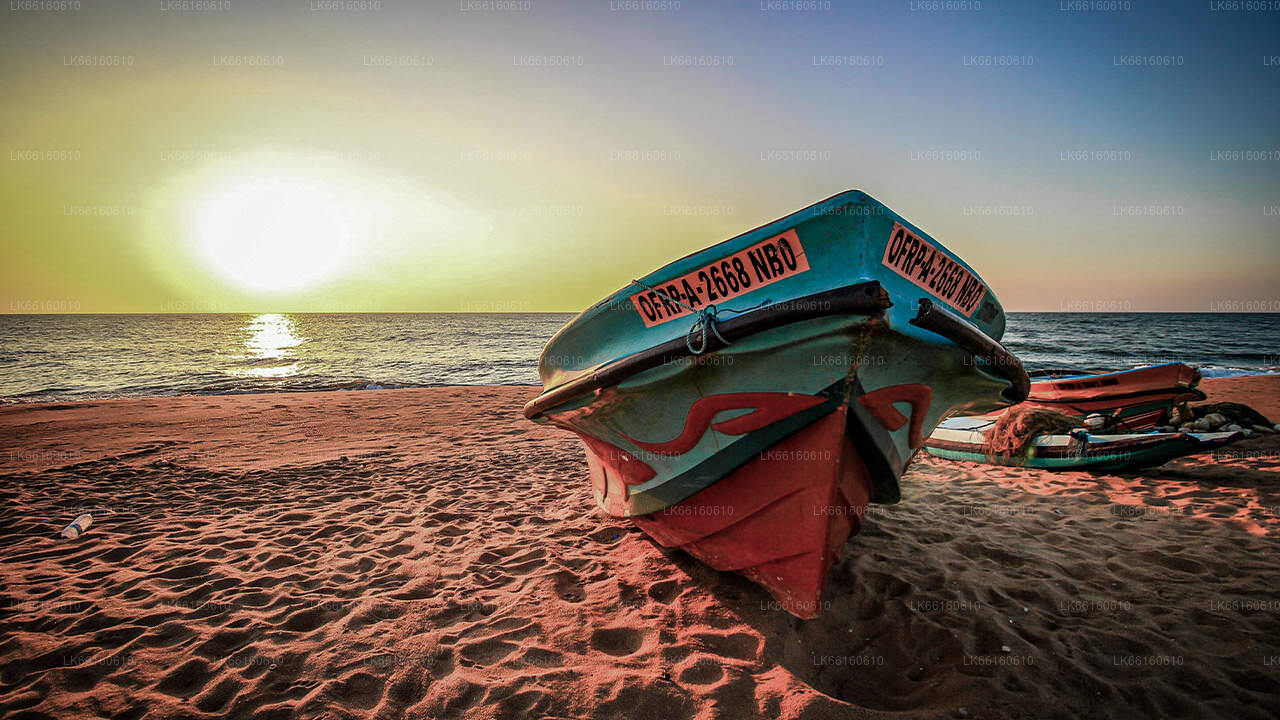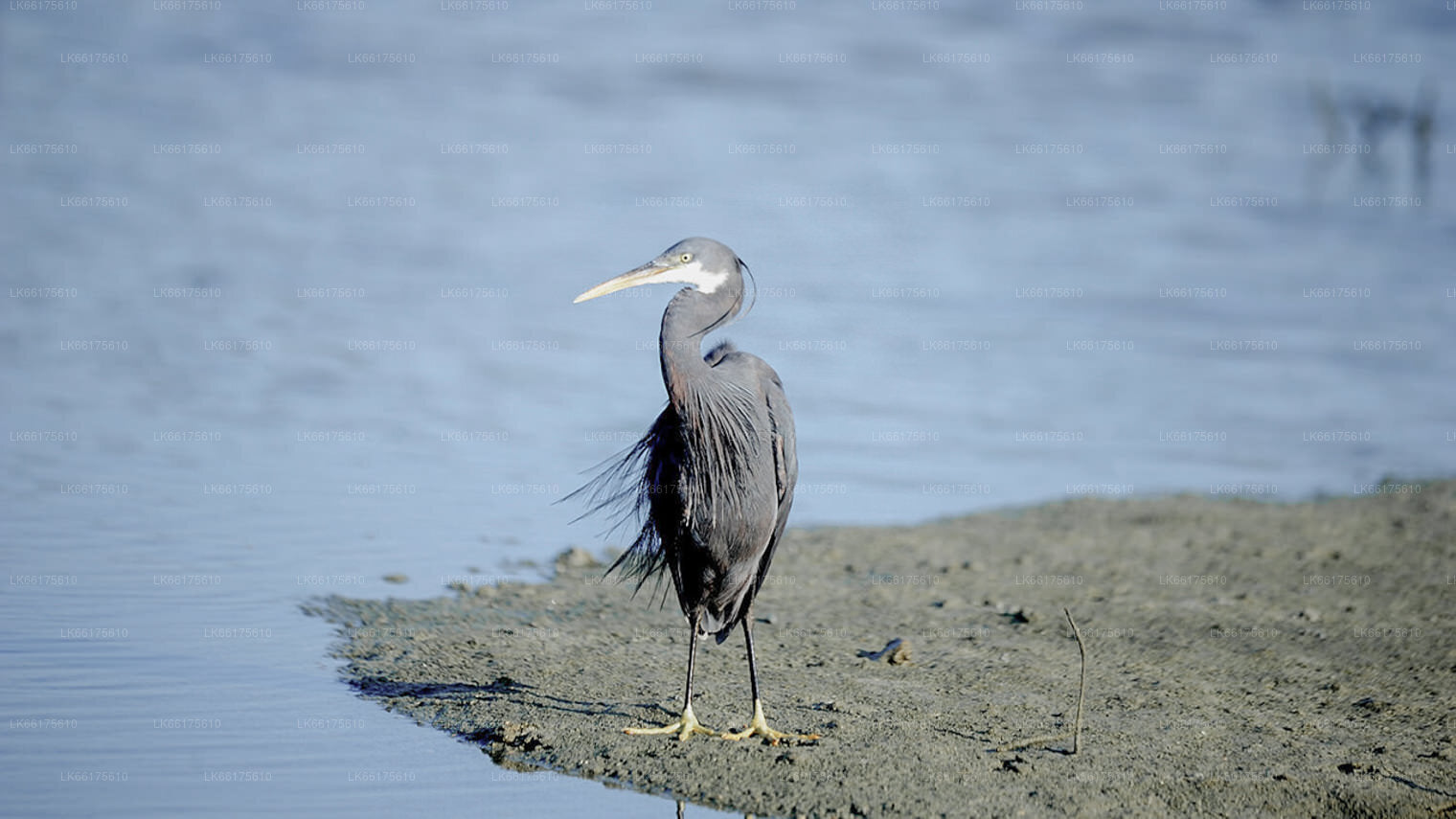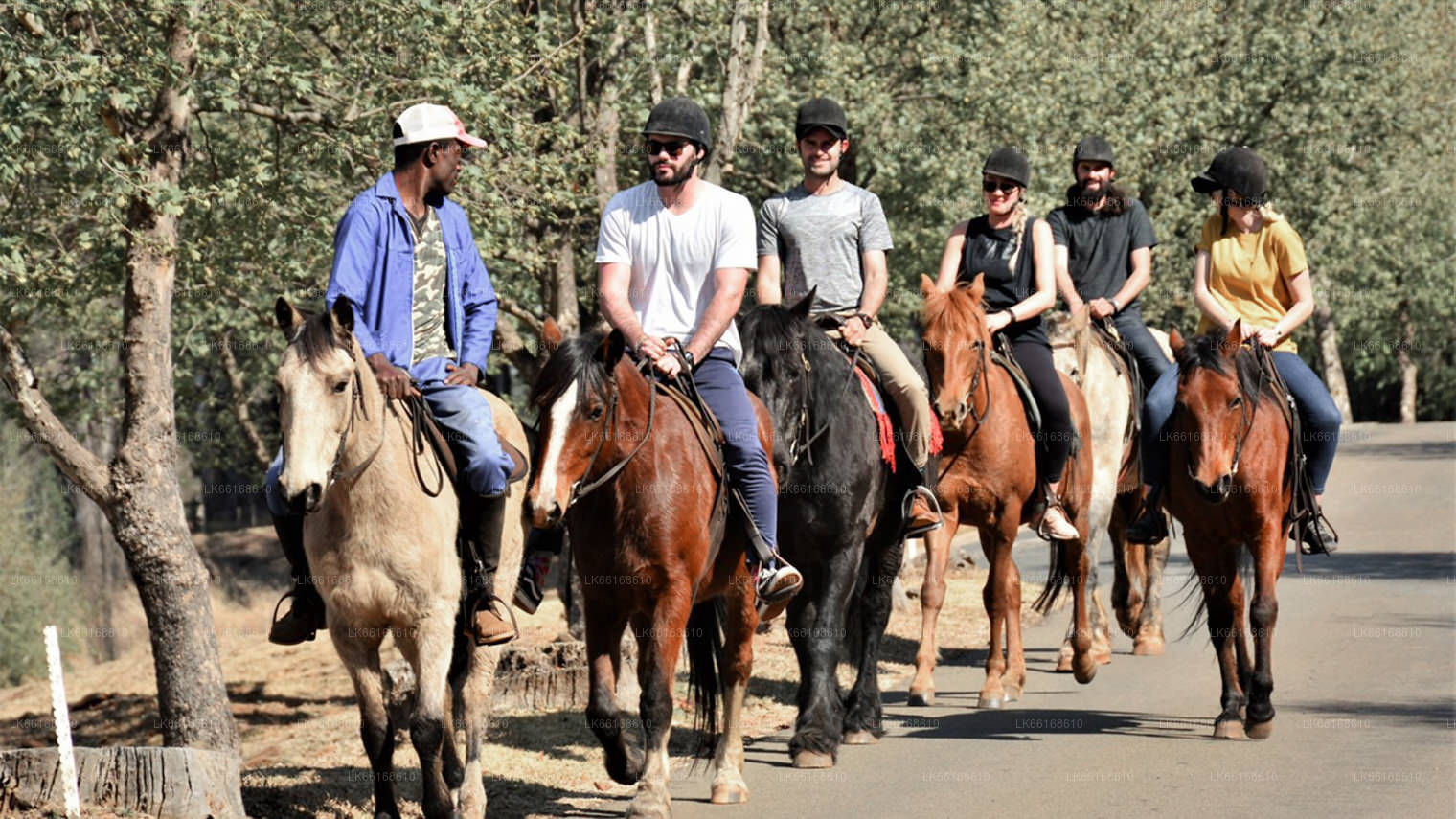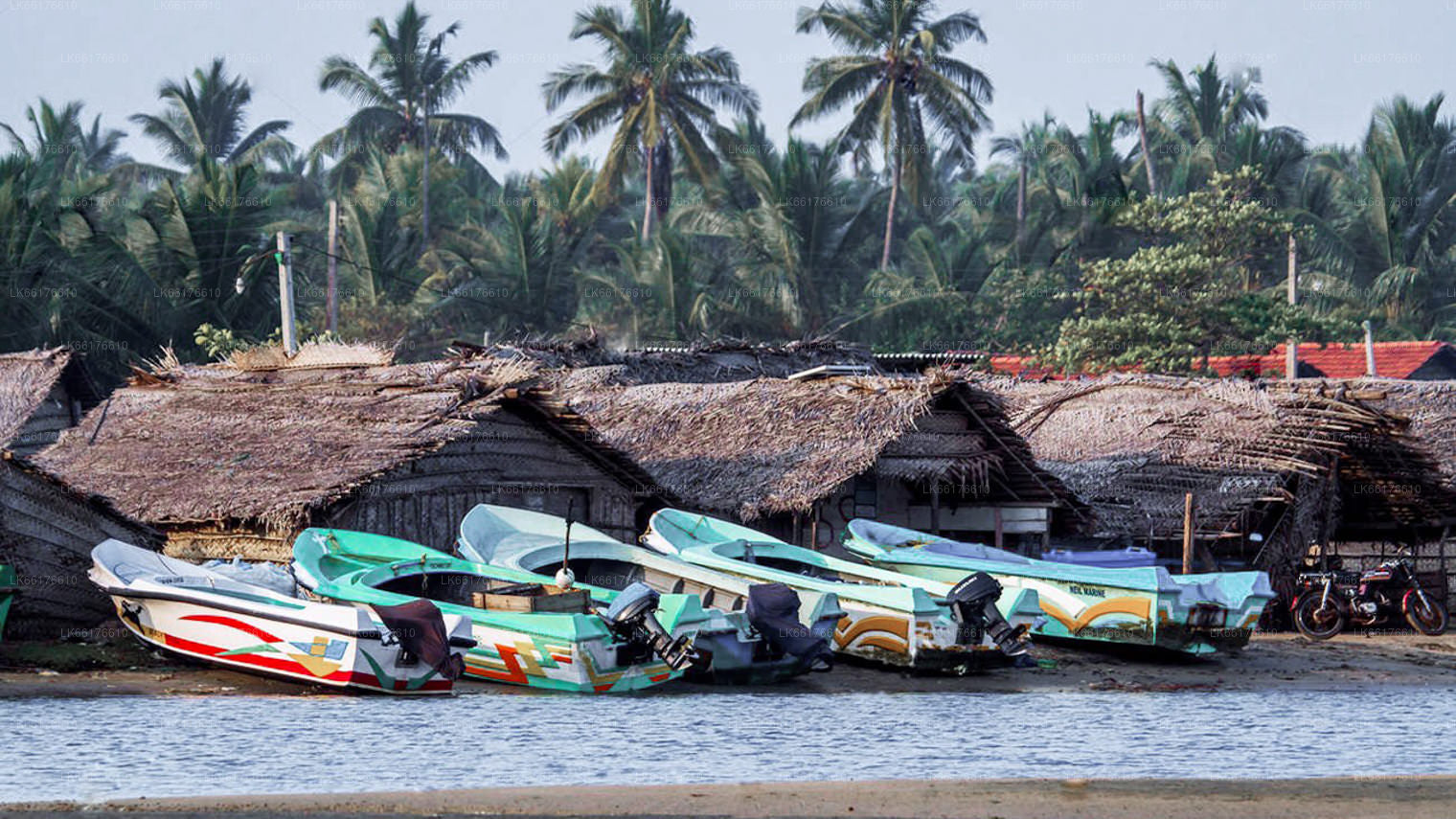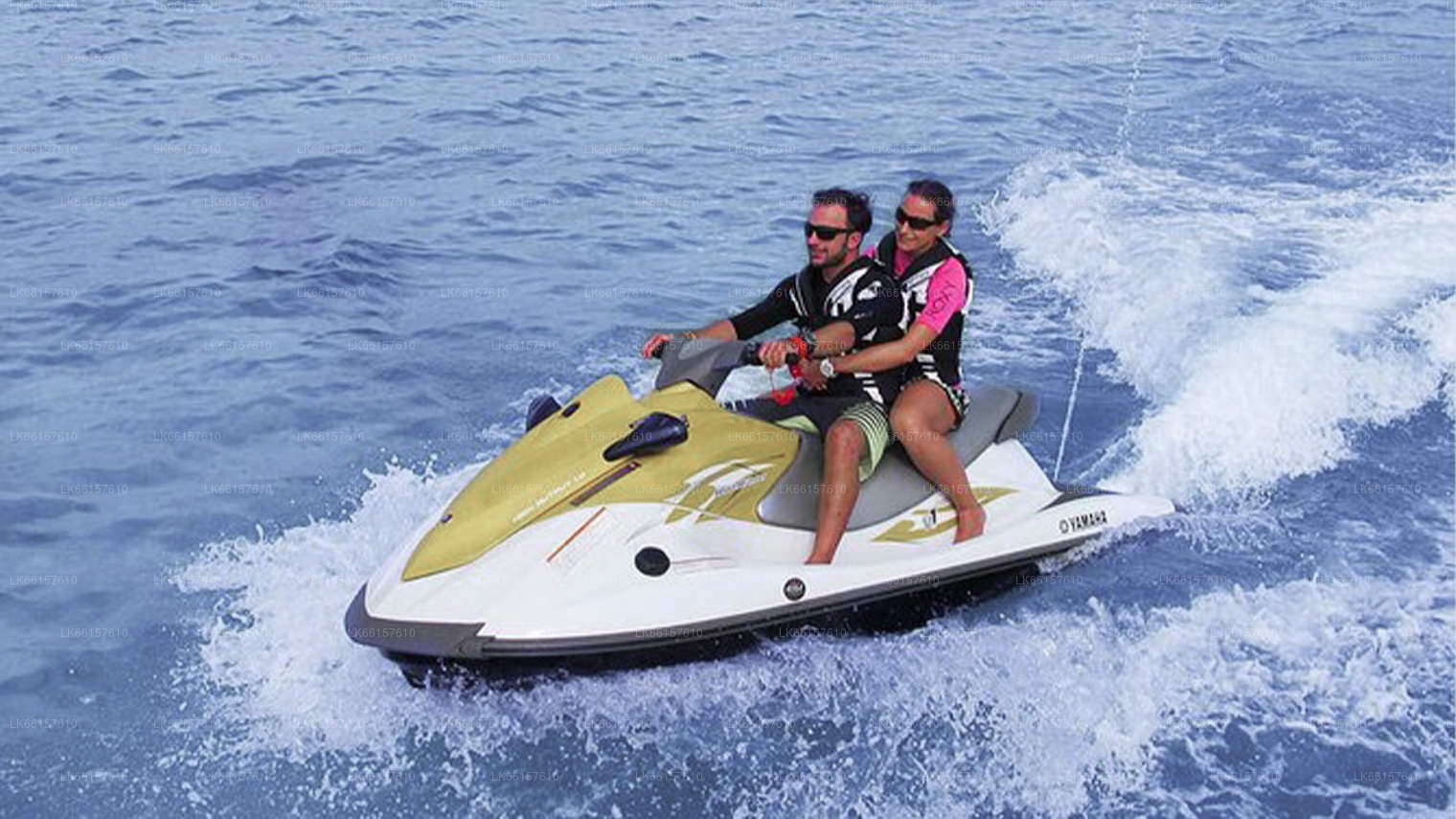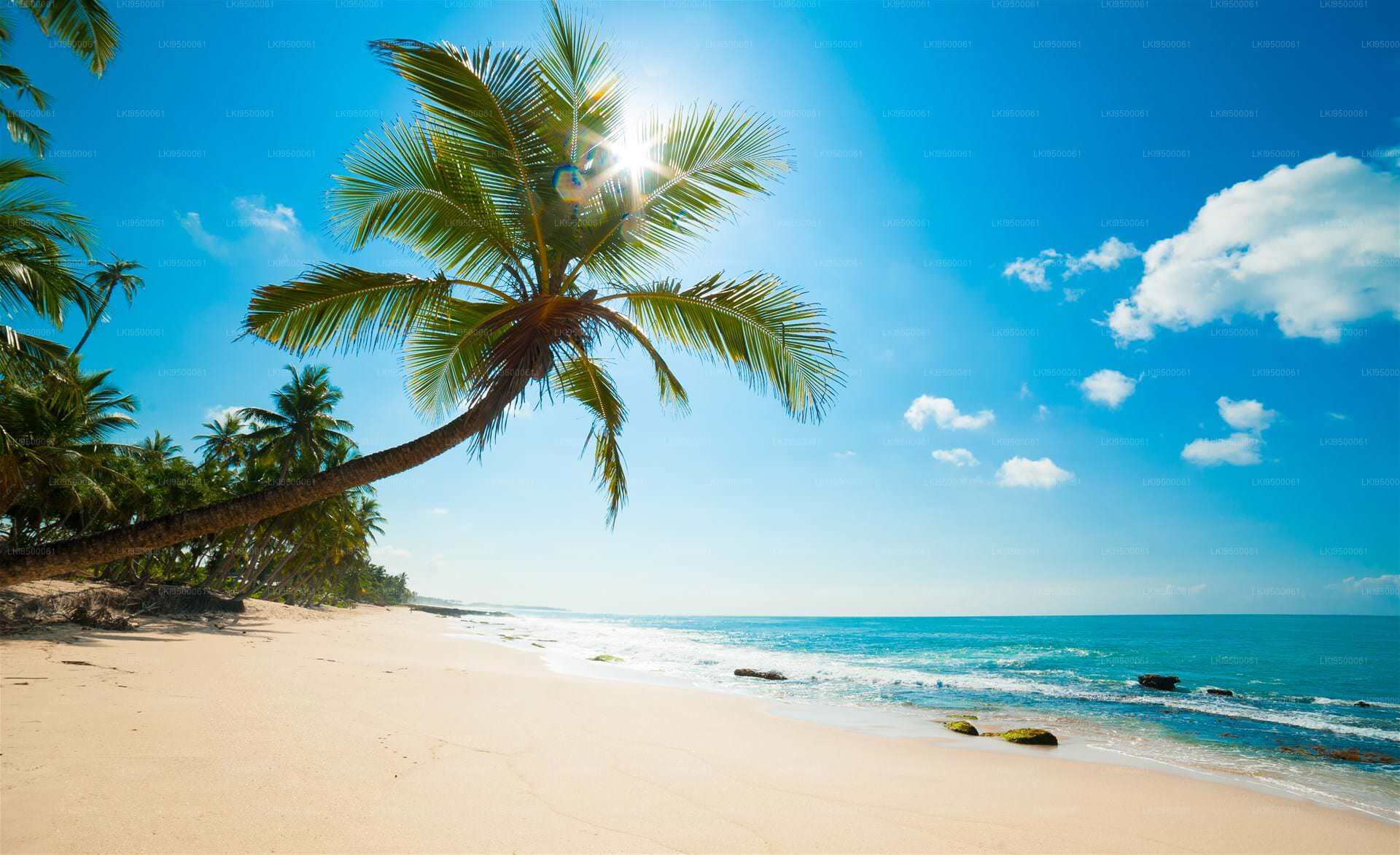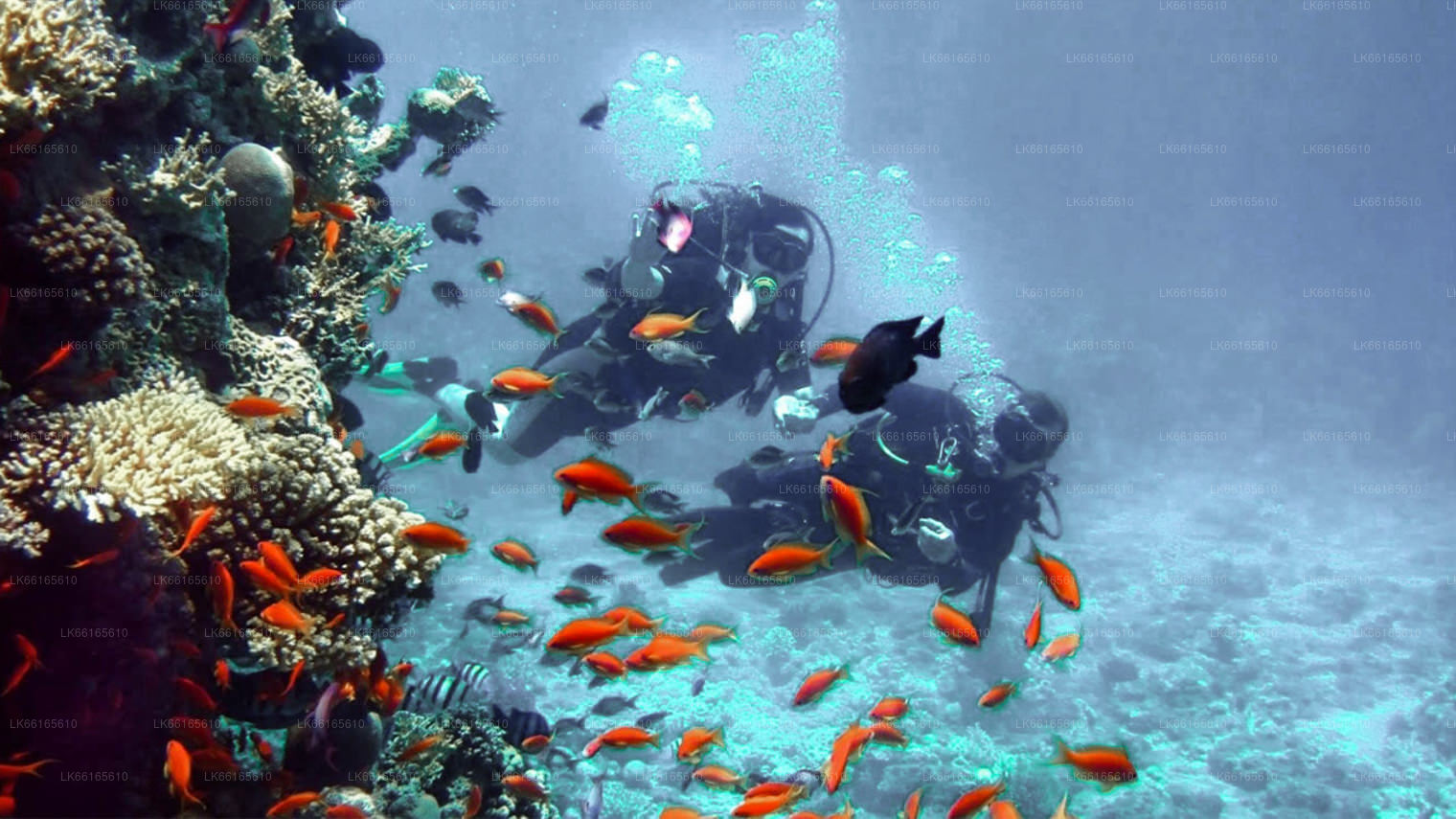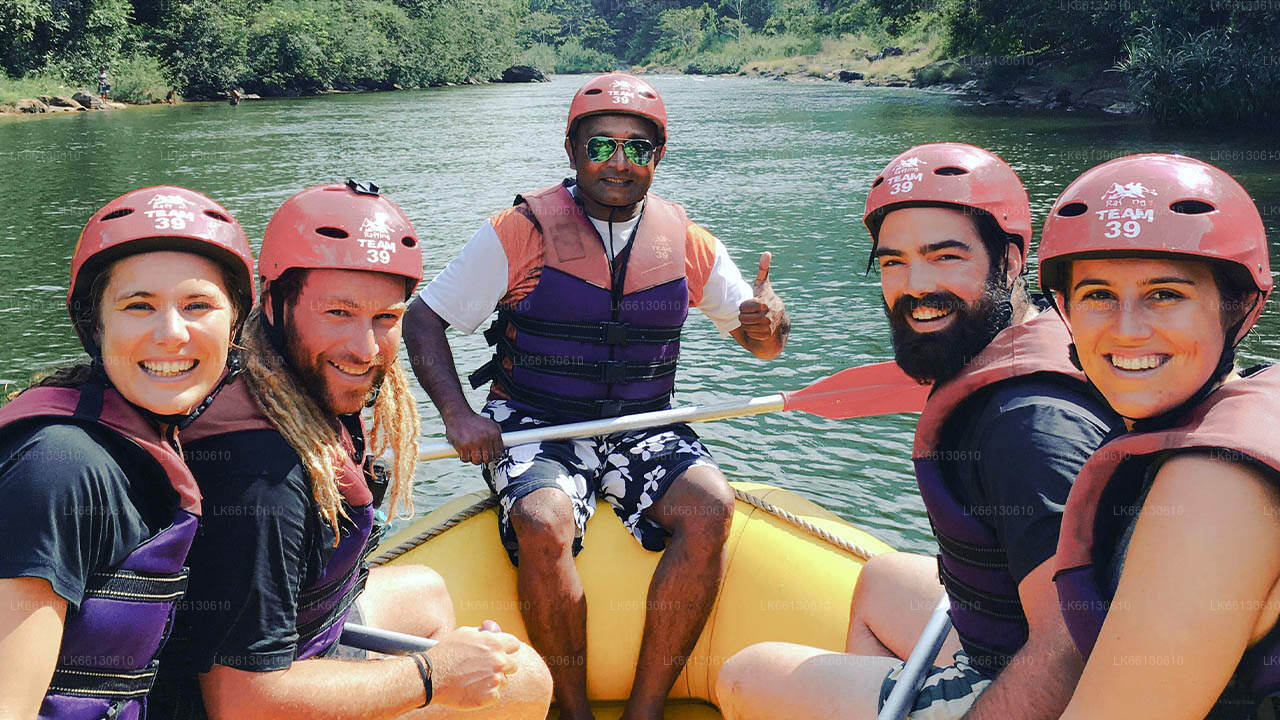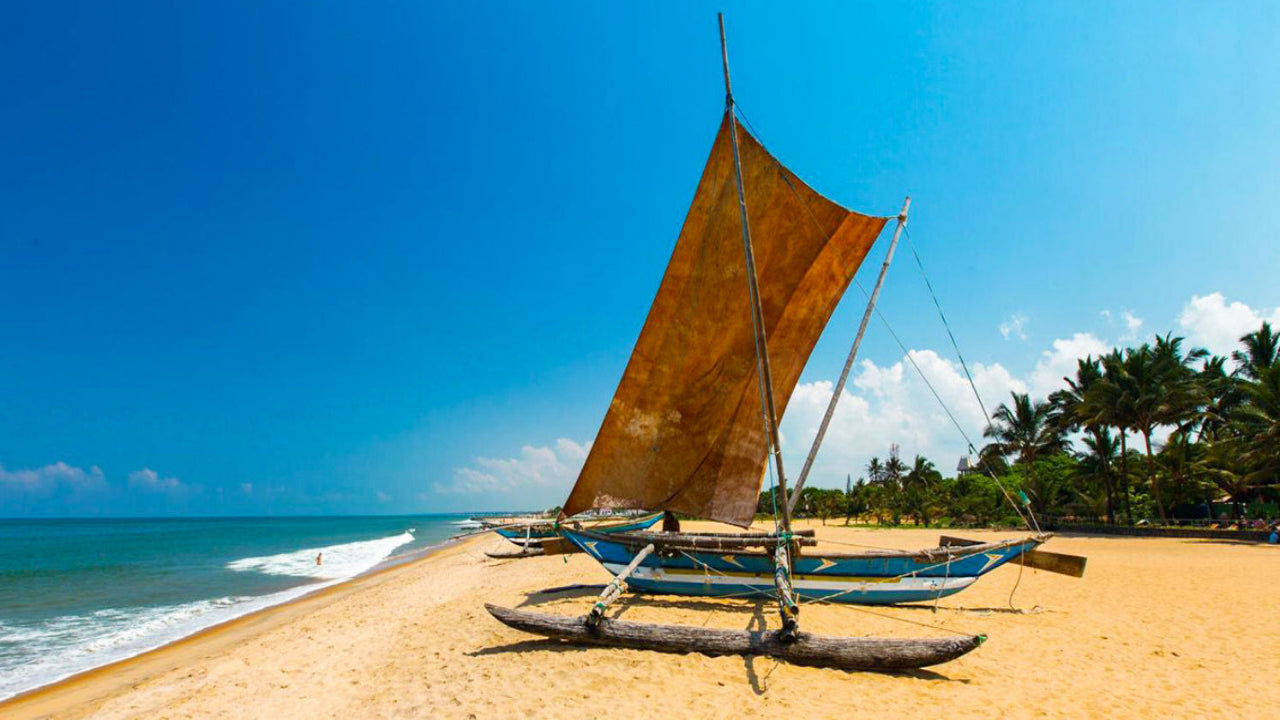
Miasto Negombo
Negombo, nadmorskie miasto na Sri Lance, oferuje tętniące życiem połączenie dziedzictwa kulturowego i nadmorskiego uroku. Znane z dziewiczych plaż, Kanału Holenderskiego i tętniących życiem targów rybnych, kusi ekscytującymi wycieczkami i spokojnymi świątyniami. Odkryj urok bogatej architektury Negombo podczas każdej wizyty.
Negombo Beach
Negombo Beach, located on the western coast of Sri Lanka, is a popular destination known for its lively atmosphere, golden sands, and proximity to Colombo. This beach offers a blend of relaxation and cultural experiences, making it an ideal spot for both tourists and locals.
Golden Sands and Vibrant Atmosphere
Negombo Beach features a long stretch of golden sand and clear blue waters. The beach is known for its lively and bustling atmosphere, with plenty of opportunities for swimming, sunbathing, and beach games. The area is popular with both tourists and locals, creating a vibrant and engaging environment.
Fishing Industry and Local Culture
Negombo is famous for its fishing industry, and visitors can witness local fishermen at work, using traditional methods. The beach area is often dotted with colorful fishing boats and nets. The town also has a rich cultural heritage, with numerous churches, temples, and local markets showcasing its diverse history.
Water Sports and Activities
Negombo Beach offers various water sports and activities, including surfing, kite surfing, and jet skiing. The relatively calm waters and consistent winds make it suitable for these activities, and several operators in the area offer equipment rentals and lessons.
Nearby Attractions
Several attractions are easily accessible from Negombo Beach:
- Negombo Lagoon: A large lagoon offering boat tours and opportunities for bird watching and exploring local mangroves.
- St. Mary’s Church: A historic church in the town known for its impressive architecture and beautiful interior.
- Fish Market: The local fish market is a vibrant place to see the daily catch and experience the local culinary scene.
Local Cuisine
Negombo Beach area offers a range of dining options, from local eateries to upscale restaurants. Seafood is a highlight, with fresh catches such as grilled fish, prawns, and crab curry featured prominently. The local cuisine is heavily influenced by Tamil flavors, adding a unique touch to the dining experience.
Accommodation
Negombo Beach has a wide range of accommodation options, including luxury hotels, boutique guesthouses, and budget-friendly lodgings. Many of these establishments offer beachfront views, direct beach access, and amenities such as swimming pools and spas.
Best Time to Visit:
The best time to visit Negombo Beach is from November to April, when the weather is warm and dry, providing ideal conditions for beach activities and exploration. The monsoon season, typically from May to October, brings rain and rougher sea conditions.
Dystrykt Gampaha
Gampaha to miasto na Sri Lance i stolica dystryktu Gampaha w Prowincji Zachodniej, na północ od Kolombo. Dystrykt Gampaha jest oddzielony od Kolombo głównie rzeką Kelani. Miasto Gampaha znajduje się około 4 km od Miriswatty, przy drodze Kolombo-Kandy. Gampaha jest otoczona miastami Yakkala, Miriswatta, Weliweriya Udugampola i Ja-Ela.
Nazwa „Gampaha” w języku syngaleskim dosłownie oznacza Pięć Wiosek. Znane są one jako Ihalagama, Pahalagama, Medagama, Pattiyagama i Aluthgama.
Prowincja Zachodnia
Prowincja Zachodnia jest najgęściej zaludnioną prowincją Sri Lanki. Znajduje się tu stolica parlamentarna Sri Jayawardenapura, a także Kolombo, centrum administracyjne i biznesowe kraju. Prowincja Zachodnia podzielona jest na 3 główne dystrykty: Kolombo (642 km²), Gampaha (1386,6 km²) i Kalutara (1606 km²). Jako centrum gospodarcze Sri Lanki, w mieście obecne są wszystkie główne lokalne i międzynarodowe korporacje, a także wszyscy najwięksi projektanci i detaliści, więc przygotuj się na odrobinę terapii zakupowej w prowincji Zachodniej.
Mając największą populację ze wszystkich prowincji, prawie wszystkie najważniejsze instytucje edukacyjne na wyspie znajdują się w prowincji Zachodniej. Uniwersytety w prowincji to Uniwersytet Kolombo, Uniwersytet Sri Jayewardenepura, Uniwersytet Kelaniya, Otwarty Uniwersytet Sri Lanki, Uniwersytet Buddyjski i Palijski Sri Lanki, Uniwersytet Obrony Generała Sir Johna Kotelawali i Uniwersytet Moratuwa. Prowincja Zachodnia ma największą liczbę szkół w kraju, w tym szkoły państwowe, prowincjonalne, prywatne i międzynarodowe.



